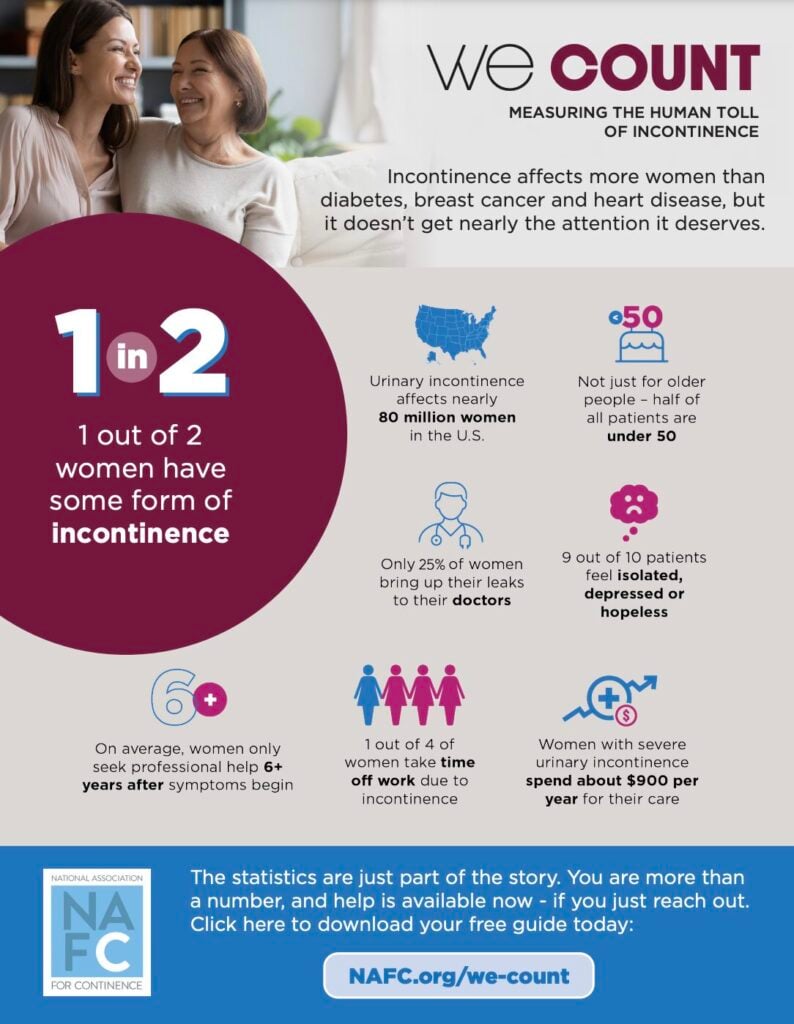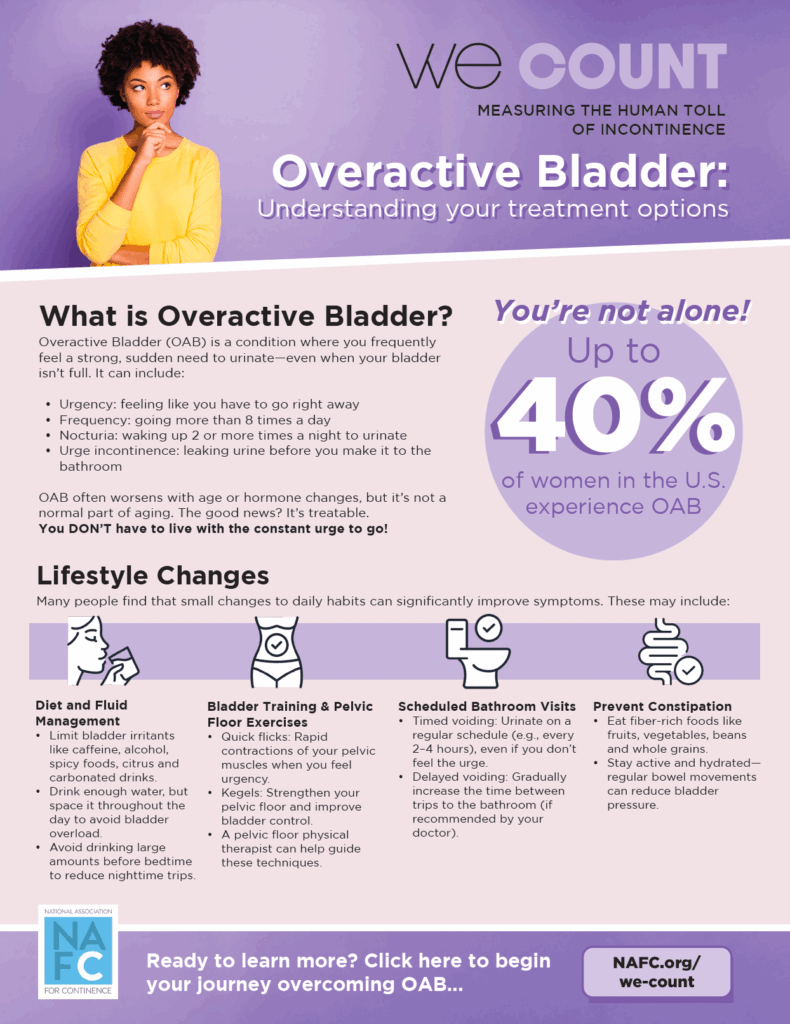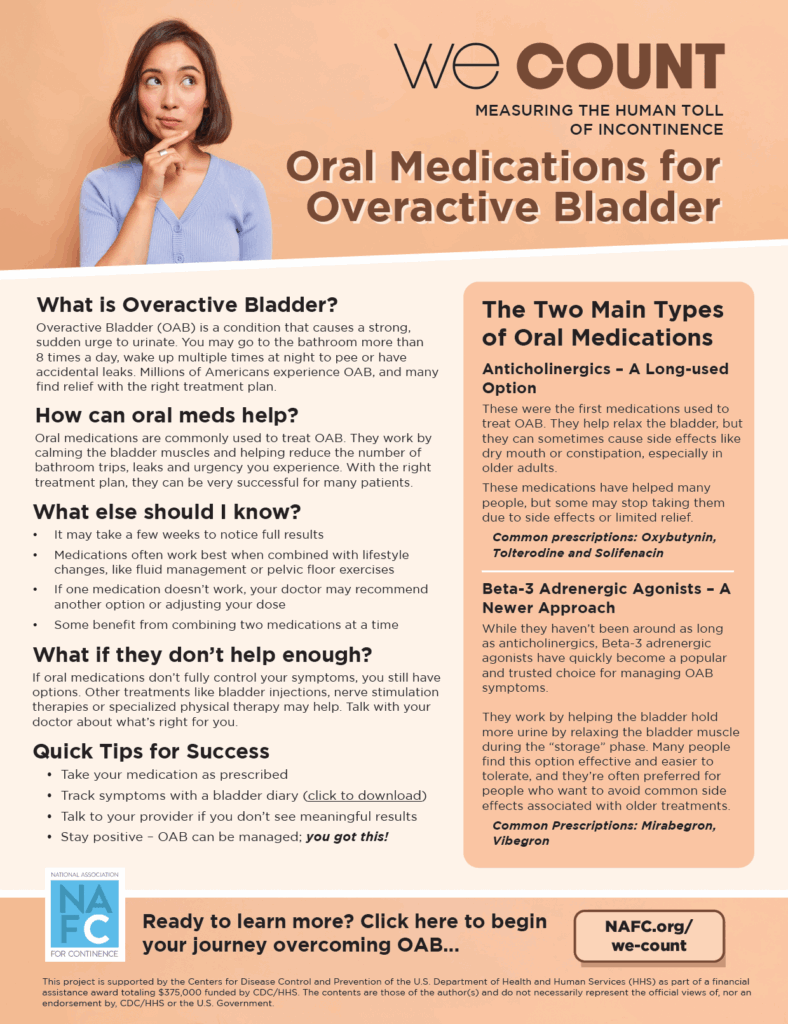
If you’re struggling with symptoms or Incontinence – the urgent need to pee, leaking when you laugh or sneeze, nighttime urgency and more – you know better than anyone just how difficult it can be to live with a bladder condition.
Take comfort knowing that you’re not alone – millions and millions of other women are going through the same thing right now. And while the statistics about incontinence may be startling, it’s even more important to remember that those numbers represent real, everyday people just like you.
That’s why we created the We Count campaign, to show that while we can sum up the raw data, we should never forget the faces behind the figures. That’s because incontinence isn’t simply inconvenient – it can be truly life altering. Along with the physical symptoms you experience, the emotional ones can just as overwhelming. And it’s not something that will get better on its own, either – in fact, when left untreated, incontinence will only get worse.
The good news is that it doesn’t have to be that way. Incontinence is treatable, and you’re in the right place to get the facts about leaks, learn what you can do to address your symptoms, and find the motivation to overcome the fears that might be keeping you from getting the help you deserve.
Ready to get on the road to a leak-free life?
Reason to Reach Out for Help Now

1 out of 2
women have
some form of
incontinence

9 out of 10 patients
feel isolated,
depressed or
hopeless

Not just for older
people – half of
all patients are
under 50
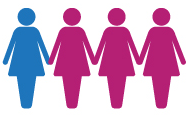
1 out of 4 of
women take time
off work due to
incontinence
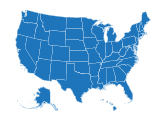
Urinary incontinence
affects nearly
80 million women
in the U.S.

Women with severe
urinary incontinence
spend about $900 per
year for their care

Only 25% of women
bring up their leaks
to their doctors

On average, women only
seek professional help 6+
years after symptoms begin
Ready to get on the road to a leak-free life?
How common Is Incontinence?

Incontinence doesn’t get the attention it deserves. In the United States, it affects more people than diabetes and heart disease combined, but you’d never know that from how little it gets spoken about in the news, among friends and family, and even in doctors’ offices.
In fact, it’s estimated that half of all women will experience some form of incontinence in their lives – that’s hundreds of millions of people just like you, struggling not only with managing their leakage, but also dealing with the stress and embarrassment that come along with it.
What Causes Incontinence?
There is no one, single cause for urinary incontinence – as a group of different conditions, there are a number of factors that can produce the symptoms you’re experiencing. Still, it can be helpful to have an understanding of bladder biology to better appreciate what’s going wrong and how the steps you’re taking may contribute to your healing journey.
Here are some of the most common causes of incontinence, though this list is not exhaustive, and you should always see a doctor for a proper diagnosis:
Loss of muscle tone – Your pelvic floor a network of muscles, and if they become weakened for whatever reason, you may find it more difficult to hold urine.
Pregnancy and childbirth – Having a baby can be profoundly rewarding, but as far as your pelvic region is concerned, it can be profoundly traumatic, too. The stress and, in some cases, damage that can occur as part of the process can have a detrimental impact on your urinary function.
Communication breakdown – Your nervous system plays a central role in the workings of your urinary system, and when there’s disfunction in brain-bladder communication, incontinence may be the result.
Menopause – The hormonal changes that occur as you go through menopause can produce a constellation of unpleasant symptoms, including incontinence.
Surgery – Hysterectomies and other surgeries in the pelvic floor often have consequences that adversely impact your ability to hold urine.
Ready to get on the road to a leak-free life?
Conditions In Detail
Many people don’t realize that there are many different types of urinary incontinence or reasons that may cause you to leak urine. Some of the more common conditions are overactive bladder (OAB), urinary retention, mixed incontinence, and stress urinary incontinence. Read more about the different types of bladder leakage issues and click through to learn about symptoms, causes and treatment options.
When you feel the need to go and go right NOW, you may be dealing with an Overactive Bladder, or Urge Incontinence. If you cannot control the urge and bladder leakage occurs, that is what makes it incontinence. The good news is, in many cases this is a treatable condition and not merely something you have to deal with because of age.
As the name suggests, Mixed Incontinence is a combination of stress incontinence, including muscle and sphincter related issues, and urgency incontinence like those mentioned above. Usually one symptom is more severe than the other and that directly affects what methods will be most effective in treatment.
In mild cases, urinary retention makes it difficult to start urination and the flow is weak. Once finished you often feel the need to go again because the bladder isn’t fully emptied. In more acute cases, the lower belly becomes distended causing great discomfort and pain. Despite the urge to go, urination is not possible.
A problem that affects both men and women, Stress urinary incontinence (SUI) occurs because of weak pelvic floor muscles and/or a deficient urethral sphincter. This weakness can cause the bladder to leak during exercise, coughing, sneezing, laughing, or any body movement that puts pressure on the bladder. Stress urinary incontinence often shows up after childbirth and menopause in women while prostate cancer treatment, such as radical prostatectomy, can trigger it in men.
The Emotional Impact
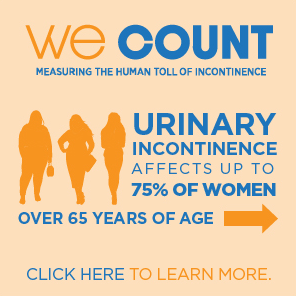
There are few medical conditions that are as difficult to discuss or thatcan feel as humiliating as incontinence. And while it’s no secret that incontinence can cause patients to become depressed, ashamed and withdrawn, you might be surprised to find out just how widespread those feelings are. In one recent NAFC survey, 90% of patients reported feeling either isolated, depressed or hopeless as a result of their condition.
Part of this is because of the social stigma surrounding incontinence, and part of it may have to do with incontinence making us feel like children again. Regardless of your ‘why’, though, the end result is a life that is more limited than before, less social, less rich, and more filled with anxiety.
That’s not a fate you’re condemned to. Incontinence is a real challenge, but there are ways to build your confidence back up and move past your condition to live a fuller and happier life…
Getting Professional Help
Talking to a professional about something as personal as incontinence is easier said than done. After all, nobody likes talking about their bathroom habits. Many of us are uncomfortable just bringing the subject up, and even when we do, we often don’t know how to explain our symptoms or what questions to ask.
That’s why we’ve prepared a free, simple guide to help you open up and get the conversation flowing – it contains the essential information you need to know to have a positive, productive conversation with your healthcare practitioner and get the most out of your next appointment.
Click the image of the discussion guide right below to download your free copy now!
Resource Download
Click on the image to download your free discussion guide today. It’s an easy-to-understand, easy-to-use guide to help you have a confident, constructive conversation with your doctor.
Don’t just read it – make sure to bring it with you to your next appointment, and get started on your path to a life without leaks.
Women who speak up find that they have more treatment options and often have better outcomes than those who wait until problems are too severe to ignore. Why delay treatment for your bladder leakage – and why live with any more physical and emotional stress than you need – when proven, effective solutions are waiting for you right now?
Download Our Free Fact Sheets To Learn More About The Facts Around Incontinence in Women
This project supported by the Centers for Disease Control and Prevention of the U.S. Department of Health and Human Services (HHS) as part of a financial assistance award totaling $375,000 funded by CDC/HHS. The contents are those of the author(s) and do not necessarily represent the official views of, nor an endorsement, by CDC/HHS, or the U.S. Government.



